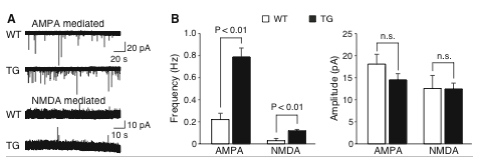
We utilize multidisciplinary approaches to identify target genes that are involved in the development and maintenance of abnormal sensations.
For identifying novel genes involved in pain processing, we use gene chip  microarray analysis to compare gene expression profiles in spinal cord and dorsal root ganglia between control and experimental tissue samples to identify dysregulated genes that may be a critical mediator for a specific chronic pain condition and a novel target for the development of more specific and safer pain medications.
microarray analysis to compare gene expression profiles in spinal cord and dorsal root ganglia between control and experimental tissue samples to identify dysregulated genes that may be a critical mediator for a specific chronic pain condition and a novel target for the development of more specific and safer pain medications.
For characterizing the contribution of identified genes of interest to chronic pain processing, we use techniques of behavioral pharmacology, cellular and molecular biology, electrophysiology, and immunohistochemistry to study how injury induces changes in target gene expression, and how these changes contribute to spinal sensitization, a central mechanism of chronic pain, as well as pain perception.
For validating the therapeutic potential of newly identified genes and pathways in pain relief, we use pharmacological agents, antisense oligodeoxynucleotides, siRNA, and molecular biology approaches such as transgenic or knockout mice to confirm the causal roles of novel genes and related pathways in mediating spinal neuron hyperexcitability and chronic pain development.

| Back to Top |